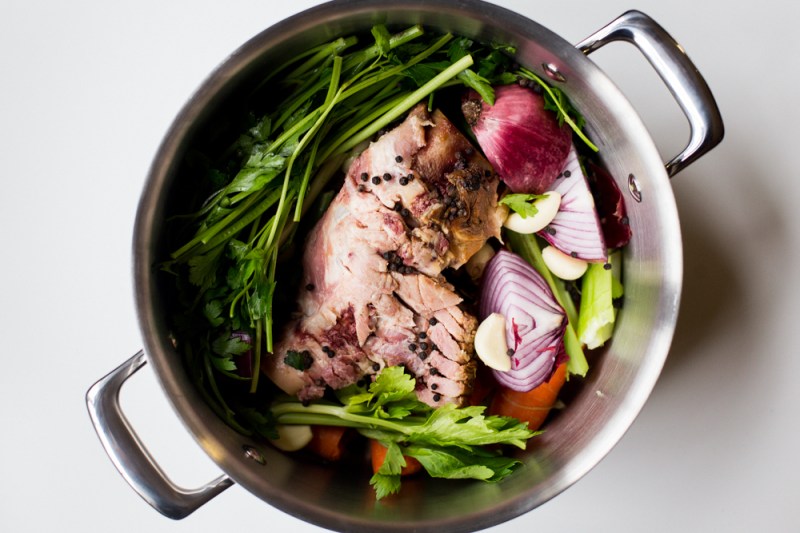
We had a ton of tomatoes from our backyard garden during our most recent harvest. Last year I canned tomatoes, but this year I decided to take it one step further and make and can my own sauce. When deciding on the consistency of my sauce, I decided to make a sauce that’s smooth and chunk-free; that way I could easily use it as a pizza sauce, and could then use fresh tomatoes (or a can of diced tomatoes) to add chunks to a spaghetti sauce.
Because the amount of tomatoes you have may vary, I decided to keep this recipe fluid; you could make this sauce with as many or little of those red, savory fruits as you’d like.


